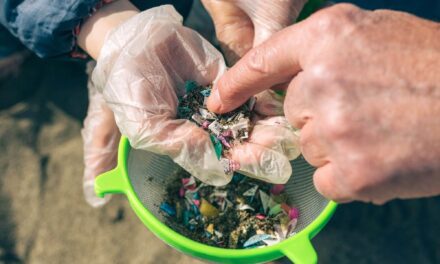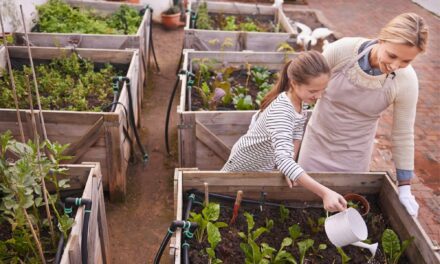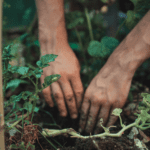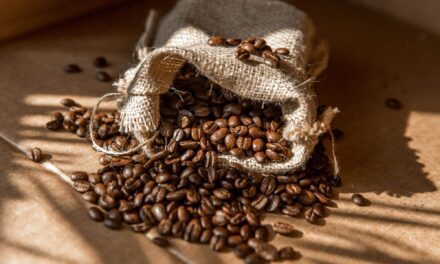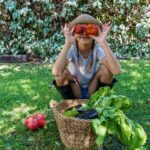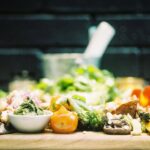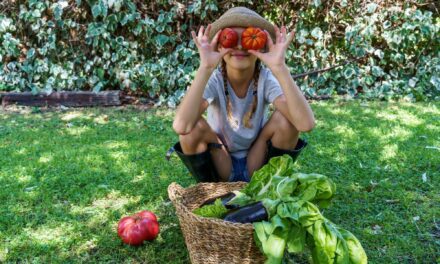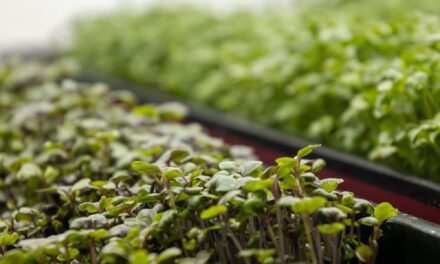
Practical Tips for Minimizing Food Waste: Zero-Waste Kitchen Hacks
Contents
In a world where sustainable living is becoming increasingly crucial, adopting a zero-waste lifestyle is a powerful step towards reducing our environmental footprint. One significant area to focus on is the heart of every home – the kitchen. In this comprehensive guide, we will explore practical and easy-to-implement tips for creating a zero-waste kitchen, minimizing food waste, and embracing sustainable food practices.
Understanding the Impact of Food Waste
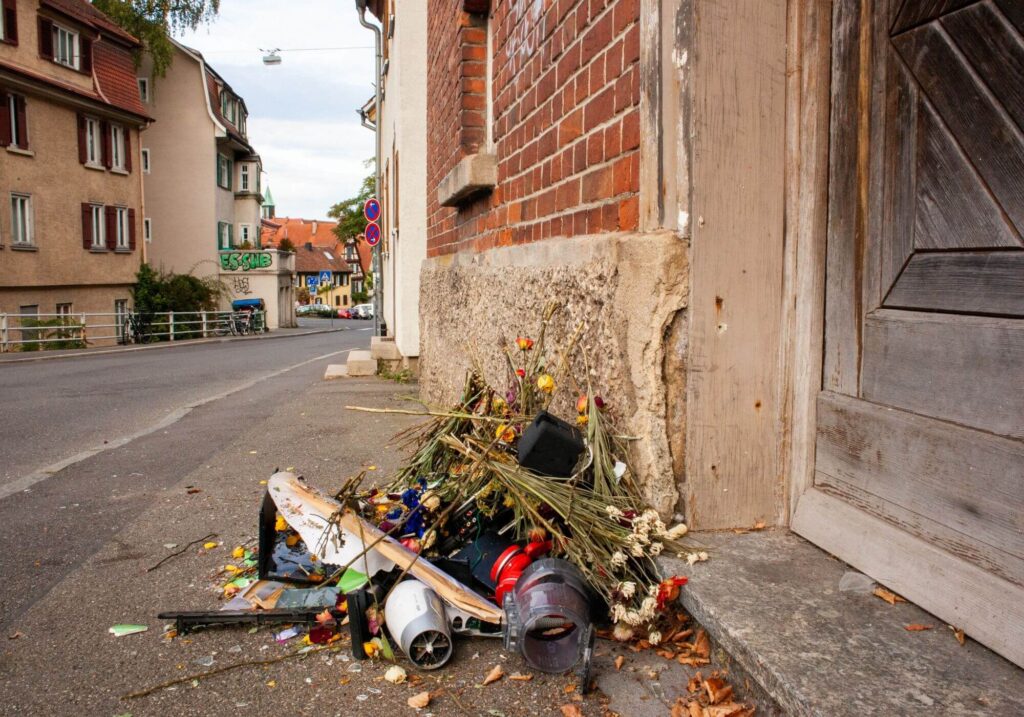
The Global Landscape of Food Waste
Before we dive into the practicalities of a zero-waste kitchen, let’s establish the broader context. Globally, about one-third of all food produced is wasted, leading to severe environmental consequences. Delve into the details of how this wastage impacts resources and contributes to greenhouse gas emissions. Understanding the scale of the issue is a crucial first step toward meaningful change.
Environmental Consequences of Food Waste
Explore the intricate relationship between food waste and environmental degradation. Shed light on the specific consequences, including the emission of methane gas from decomposing organic matter and the strain on natural resources such as water and land. This section will underscore the urgency of adopting a zero-waste approach in our kitchens.
The Foundation of a Zero-Waste Kitchen
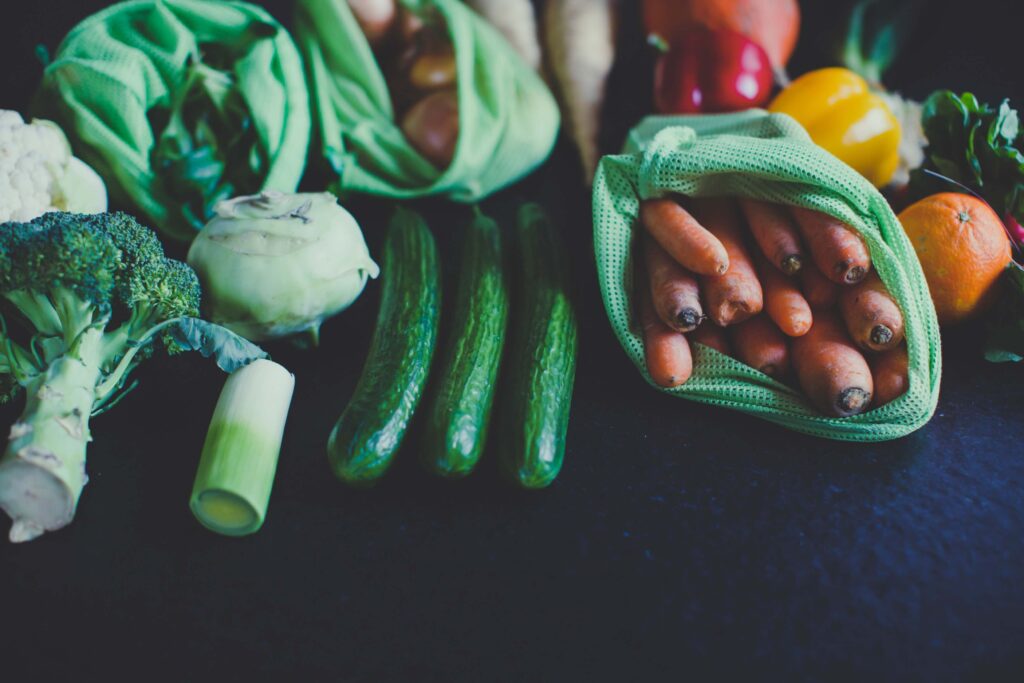
Mindful Meal Planning for Sustainable Living
Advanced Meal Prep Techniques for Efficiency
Beyond basic meal planning, let’s explore advanced meal prep techniques that enhance efficiency and minimize kitchen time. Learn the art of “component cooking,” where you prepare key elements of meals (such as grains, proteins, and sauces) that can be mixed and matched throughout the week. This strategic approach not only ensures varied and flavorful meals but also reduces the likelihood of unused ingredients going to waste.
Seasonal and Locally Sourced Meal Planning
Elevate your meal planning by integrating seasonal and locally sourced ingredients. Explore the benefits of aligning your meal choices with the natural growing seasons, fostering a connection with local farmers, and reducing the environmental impact of long-distance transportation. Discover online tools and apps that help you stay informed about the availability of seasonal produce in your region, enabling you to create delicious and eco-conscious meals.
Culinary Creativity: Theme-Based Meal Planning
Take meal planning to a new level by introducing theme-based planning. Explore different cuisines, cooking techniques, or ingredient-centric themes each week. This not only adds an element of excitement to your meals but also encourages you to use up specialty ingredients, reducing the likelihood of them languishing in the pantry. Embrace your inner culinary explorer as you embark on themed culinary journeys within the confines of your kitchen.
Navigating the Sustainable Aisles: Advanced Shopping Strategies
Zero-Waste Grocery Shopping
Move beyond the basics of bringing reusable bags to the grocery store and delve into advanced zero-waste shopping techniques. Explore the concept of “precycling,” where you anticipate the lifecycle of your purchases and choose products with minimal or compostable packaging. Learn about stores that support the zero-waste movement by offering bulk bins, encouraging customers to bring their containers and buy only the quantity needed.
The Rise of Package-Free Stores
Discover the growing trend of package-free stores and how they contribute to a sustainable shopping experience. Delve into the mechanics of these stores, exploring the variety of products available without traditional packaging. Understand the economics of such stores and how they play a crucial role in reducing single-use plastic consumption. Equip yourself with tips on navigating and supporting these eco-conscious shopping establishments.
Mindful Label Reading: Unraveling the Greenwashing Dilemma
Navigate the complexities of food labels with an advanced guide to mindful label reading. Unravel the greenwashing dilemma by identifying misleading marketing tactics and understanding the certifications that genuinely indicate sustainable and ethical practices. Equip yourself with the knowledge to make informed choices, supporting brands that align with your values and contribute to a more sustainable food industry.
Creative Cooking and Repurposing Leftovers
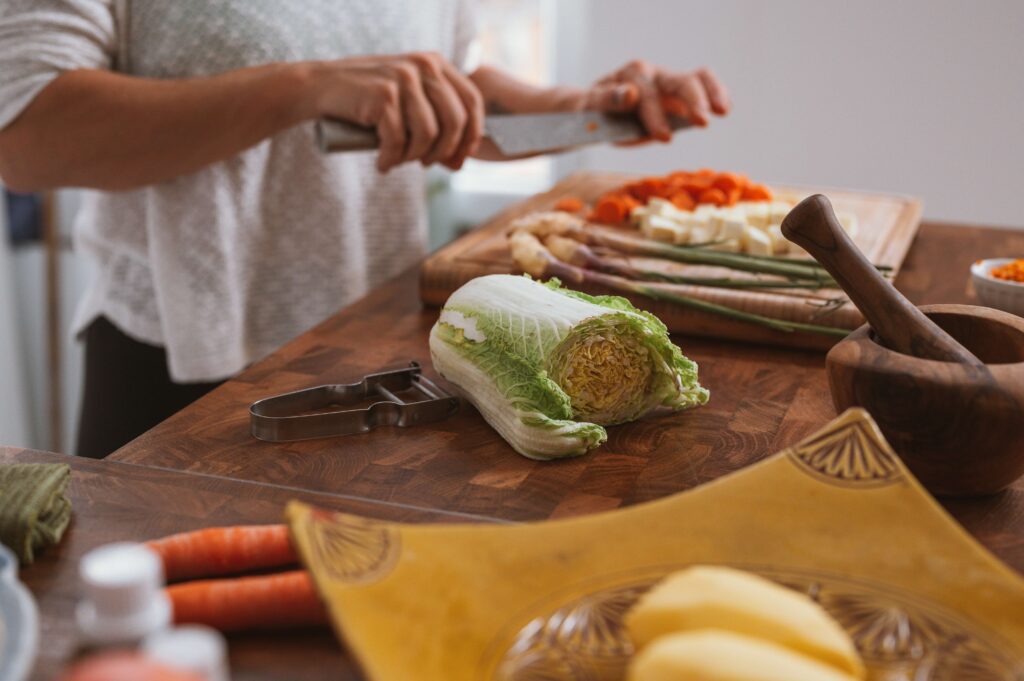
Elevating Leftovers: Advanced Techniques for Culinary Creativity
Transformative Flavor Extraction: Advanced Broth Making
Move beyond basic stock-making and explore advanced broth techniques that extract maximum flavor from vegetable scraps and leftover bones. Dive into the art of slow-simmered broths, incorporating herbs, spices, and umami-rich ingredients for a depth of flavor that elevates simple dishes to culinary masterpieces. Learn how to freeze these concentrated broths in portioned containers, ready to infuse your future creations with rich, homemade goodness.
Leftover Remixes with Global Flair
Take inspiration from global cuisines to reinvent leftovers into exciting, gourmet dishes. Explore the fusion of flavors by combining ingredients from different cultural backgrounds. For example, turn yesterday’s roasted vegetables into a Mediterranean-inspired grain bowl or repurpose stir-fried leftovers into a flavorful Thai curry. This advanced approach to remixing leftovers not only reduces waste but also tantalizes taste buds with diverse and exciting flavor profiles.
Upcycling Ingredients for Sweet and Savory Delights
Experiment with upcycling, the culinary art of transforming seemingly mundane ingredients into extraordinary delights. Dive into sweet and savory upcycling, such as turning stale bread into gourmet croutons, or repurposing overripe fruits into decadent sauces or chutneys. Uncover the secrets of culinary alchemy, where creativity knows no bounds and even the simplest ingredients can be transformed into gastronomic treasures.
Mastering Batch Cooking and Preservation Techniques
Strategic Batch Cooking: Planning for Efficiency and Variety
Take your batch cooking skills to the next level by strategically planning meals that offer both efficiency and variety. Explore the concept of ingredient overlap, where versatile base components can be transformed into diverse dishes throughout the week. Understand how a well-thought-out batch cooking plan not only minimizes food waste but also streamlines your time in the kitchen.
Artisanal Pickling and Fermentation
Delve into artisanal preservation techniques by mastering the art of pickling and fermentation. Learn to create your signature pickling brines and explore the world of fermented vegetables, transforming surplus produce into tangy, probiotic-rich delights. Understand the science behind these traditional preservation methods, ensuring your creations not only stand the test of time but also contribute to a gut-healthy and sustainable diet.
Dehydration Innovations: Crafting Snacks and Meal Enhancers
Discover the world of dehydration as a means of preserving seasonal fruits, vegetables, and herbs. Explore advanced dehydration techniques that go beyond basic jerky, such as creating homemade fruit leathers, vegetable powders, and herb-infused salts. These innovative dehydrated creations not only extend the shelf life of ingredients but also serve as versatile additions to your culinary repertoire.
Storage Solutions for Long-Lasting Freshness
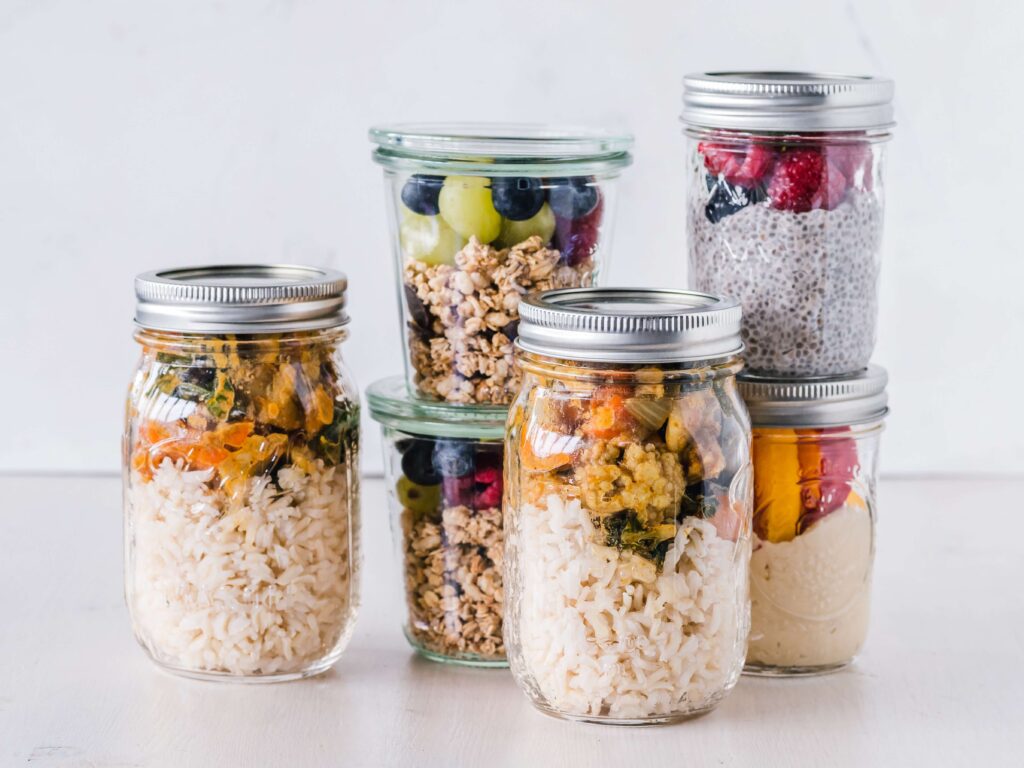
Advanced Eco-Friendly Storage Alternatives
Beyond Glass and Stainless Steel
Explore innovative eco-friendly materials for storage containers, going beyond traditional options like glass and stainless steel. Discover containers made from bamboo, silicone, and even plant-based plastics. Uncover the unique properties of these materials, including their sustainability, durability, and ease of use. This advanced guide empowers you to make conscious choices that align with your values and contribute to a greener kitchen.
DIY Storage Solutions: Crafting Sustainable Containers
Engage in the creative process of making your own sustainable storage solutions. Dive into the world of DIY beeswax wraps, reusable produce bags, and custom-sized containers crafted from upcycled materials. Learn the art of repurposing existing items into storage solutions, reducing the need for additional purchases and embracing a zero-waste approach to kitchen organization.
Technology Meets Sustainability: Smart Storage Solutions
Explore the intersection of technology and sustainability with smart storage solutions. Discover containers equipped with sensors that monitor freshness and humidity levels, extending the shelf life of fruits and vegetables. Learn about vacuum-sealing devices that remove air, preventing food from spoiling quickly. Embrace these advanced technologies to not only reduce food waste but also optimize your kitchen storage for maximum freshness.
Decoding Advanced Storage Techniques: Vacuum Sealing and Controlled Atmosphere Storage
Mastering Vacuum Sealing
Delve into the advanced world of vacuum sealing, exploring the benefits and applications beyond basic food preservation. Understand how vacuum sealing protects food from freezer burn, maintains flavor and texture, and significantly extends shelf life. Uncover creative uses of vacuum sealing, such as marinating meats more efficiently and portioning ingredients for single servings, minimizing waste and maximizing freshness.
The Science of Controlled Atmosphere Storage
Demystify the science behind controlled-atmosphere storage, a technique employed in commercial settings that can be adapted for home use. Explore how adjusting temperature, humidity, and gas composition within storage containers can slow down the ripening process of fruits and vegetables. Delve into the intricacies of creating a controlled atmosphere at home, optimizing conditions to keep produce fresh for extended periods, and reducing the need for frequent grocery runs.
Revolutionizing Refrigeration: Eco-Friendly Refrigerator Alternatives
Consider the environmental impact of traditional refrigeration methods and explore eco-friendly alternatives. Learn about innovations such as magnetic refrigeration, a more energy-efficient and sustainable cooling technology. Explore the concept of root cellaring for certain produce items, providing a natural and low-tech alternative to conventional refrigeration. This advanced exploration of refrigeration methods offers insights into minimizing energy consumption and reducing your carbon footprint.
Composting and Recycling in a Zero-Waste Kitchen
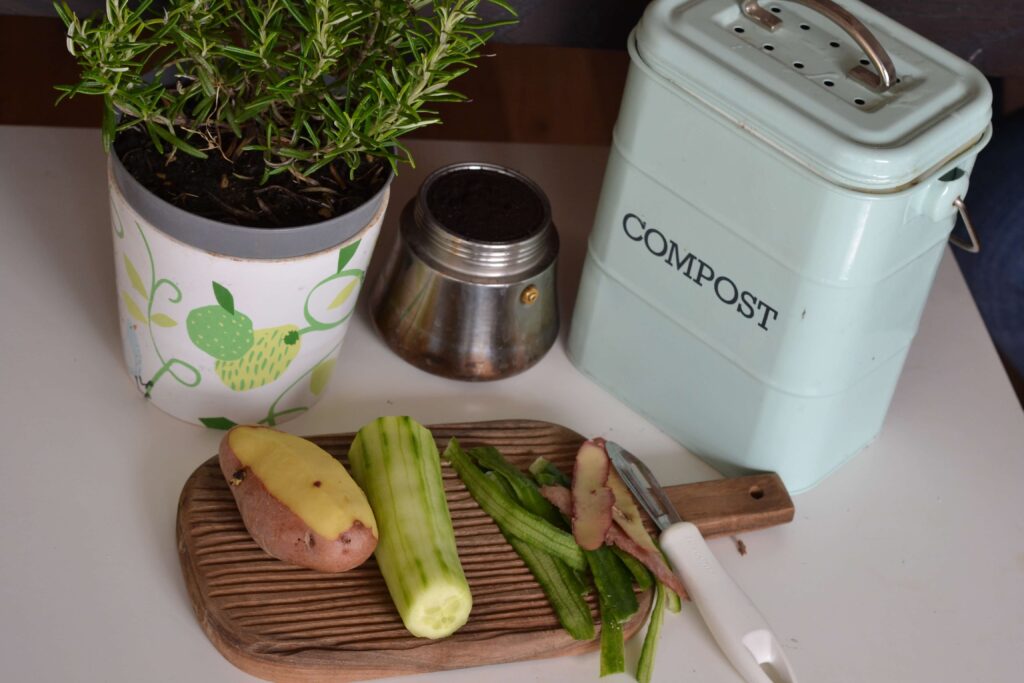
Mastering Composting: Advanced Tips for Nutrient-Rich Soil
Precision in Compost Ratios: Achieving the Perfect Blend
Learn about the science behind compost ratios to improve your composting skills. Examine the fine balance between brown (rich in carbon) and green (rich in nitrogen) materials to learn how a specific ratio might quicken the composting process. Find out about the latest additions to your compost that can improve its nutrient content and promote healthier soil and stronger plant development, such as charcoal and beneficial bacteria.
Vermicomposting Mastery: Harnessing the Power of Worms
Vermicomposting, the practice of utilizing worms to decompose organic materials, raises the bar for composting. Learn about the components of a worm bin, what makes vermiculture perfect, and why vermicompost is better than regular compost. Explore the complexities of keeping a worm colony and learn how to convert leftover food into nutrient-rich castings that will greatly improve the condition of your plants.
Composting Challenges
Explore advanced composting troubleshooting, covering typical issues like smells, vermin, and uneven decomposition. Recognize the need of stirring and aerating your compost pile to keep it functioning properly. Learn about creative alternatives such as bokashi composting, which breaks down a wider variety of materials by fermenting kitchen trash prior to conventional composting.
The Zero-Waste Approach to Recycling
Upcycling Beyond the Kitchen: Creative Reuse of Packaging
Take upcycling to new heights with materials for packaging. Discover creative ideas to turn food packaging into functional accessories for your house or yard. Look into ideas like making attractive storage containers out of glass jars or seedling pots out of strong cardboard packaging. Adopt a comprehensive zero-waste lifestyle by giving things that would normally wind up in the recycling bin new uses.
Advanced Recycling Facilities and Programs
Examine cutting-edge recycling programs and facilities that extend beyond standard curbside collection. Find out about specific recycling facilities for textiles, electronics, and hazardous materials. Look into neighborhood recycling programs that promote neighborhood citizens working together to recycle unusual materials. Learn about extended producer responsibility (EPR) initiatives, which encourage more sustainable consumption by holding producers accountable for the full lifecycle of their products.
Zero-Waste Innovations
Explore the cutting-edge ideas of the circular economy and recycling. Recognize that precycling entails making wise purchases in order to prevent waste before it occurs. Examine the circular economy approach, which focuses on designing products that can be recycled, repaired, remanufactured, and reused. Keep up with zero-waste innovations that disrupt linear consumption patterns and encourage resource use that is regenerative.
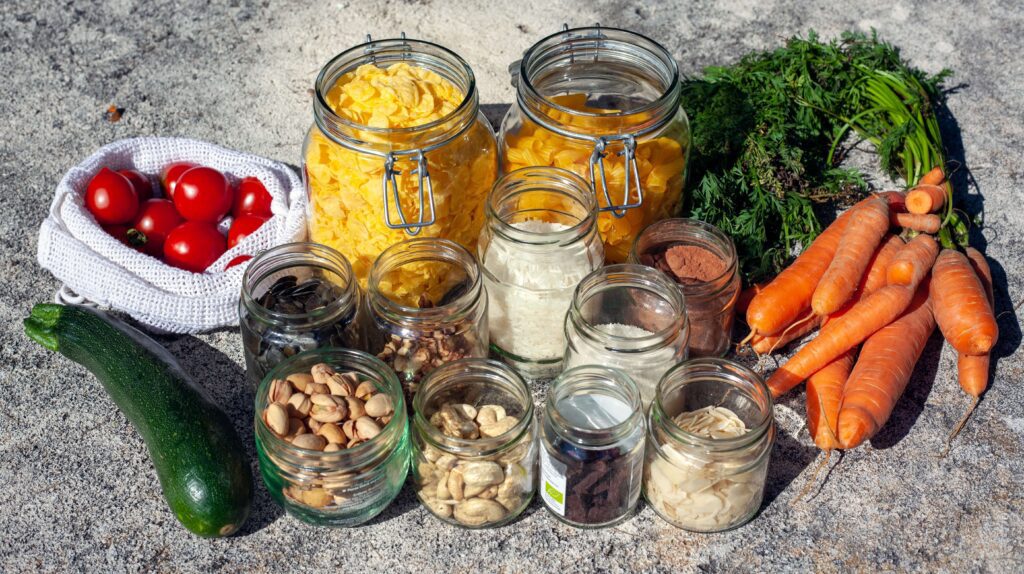
Conclusion
As we conclude our exploration of zero-waste kitchen hacks, it’s evident that this journey is not merely about adopting a set of rules; it’s about cultivating a mindset. By understanding the intricate connection between our kitchen habits and the global environment, implementing advanced strategies for meal planning, shopping, cooking, and storage, and embracing the latest in composting and recycling technologies, we move closer to the vision of a sustainable, zero-waste future.
Remember, the transformation to a zero-waste kitchen is a continual process, and each advanced step taken contributes to a healthier planet. Let this guide serve as a comprehensive resource for those committed to not just minimizing food waste but revolutionizing their kitchen practices for the better. Together, through collective and informed action, we can create a world where sustainability is not just a choice but a way of life.


